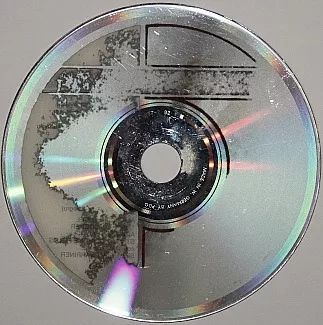Optical discs, such as CDs, have been a popular format for storing and playing back music and other audio content for decades. However, despite their popularity and convenience, optical discs have a number of inherent issues with the fidelity that can impact the quality of the audio that is played back. One of the main issues with optical discs is that they are read using a laser. This laser is used to read the tiny pits and lands that are etched into the surface of the disc, which represent the digital audio data. The laser is then used to interpret this data and convert it back into an audio signal.

While this process is generally effective, it is not perfect.
There are a number of factors that can affect the accuracy with which the laser is able to read the pits and lands on the disc, which can result in errors in the audio data that is played back. These errors can manifest as pops, clicks, and other audible artifacts that can degrade the overall fidelity of the audio. One of the main reasons for these errors is the physical nature of the disc itself. Optical discs are made of a plastic material that is prone to scratching and damage, which can create errors in the data that is read by the laser. Additionally, the laser itself can be affected by factors such as dust, dirt, and other contaminants, which can also create errors in the audio data.

